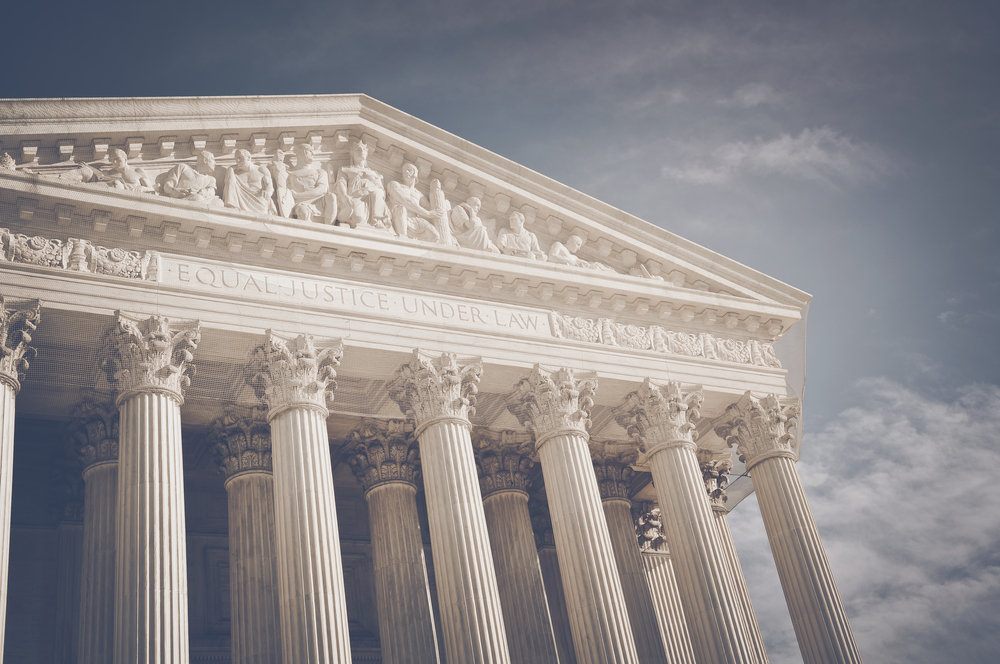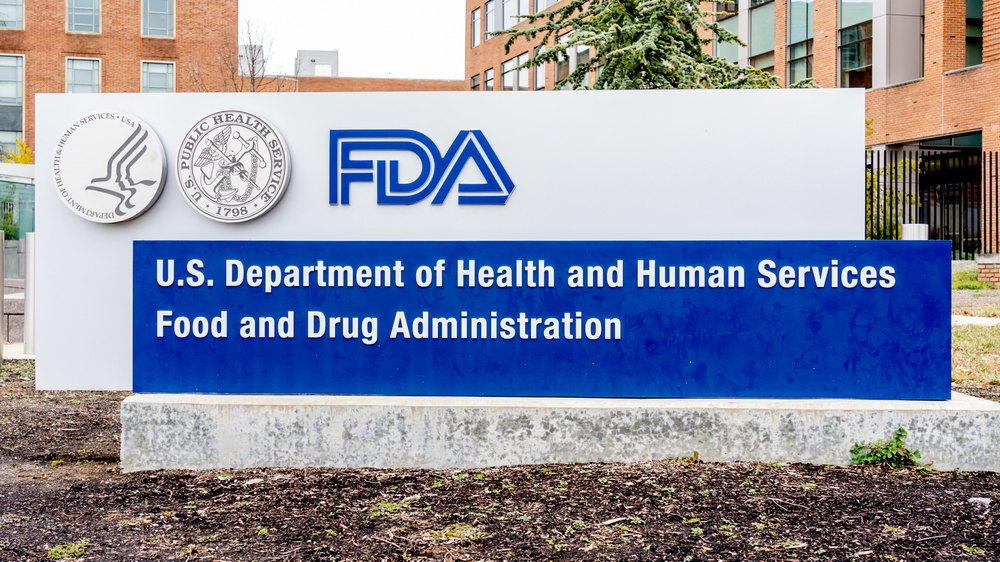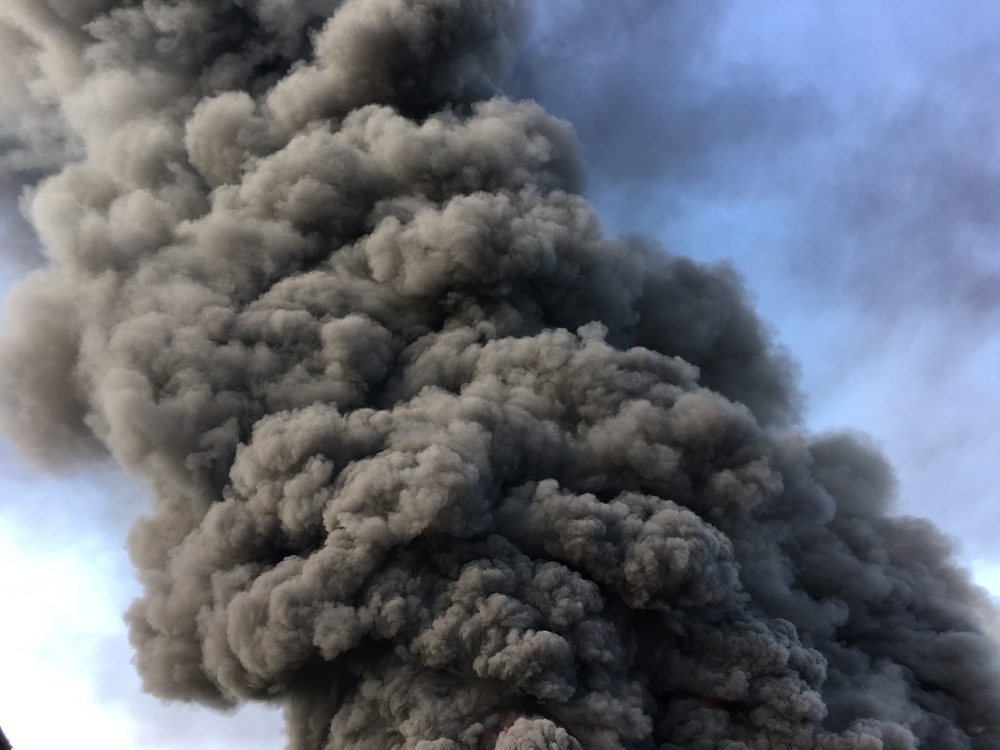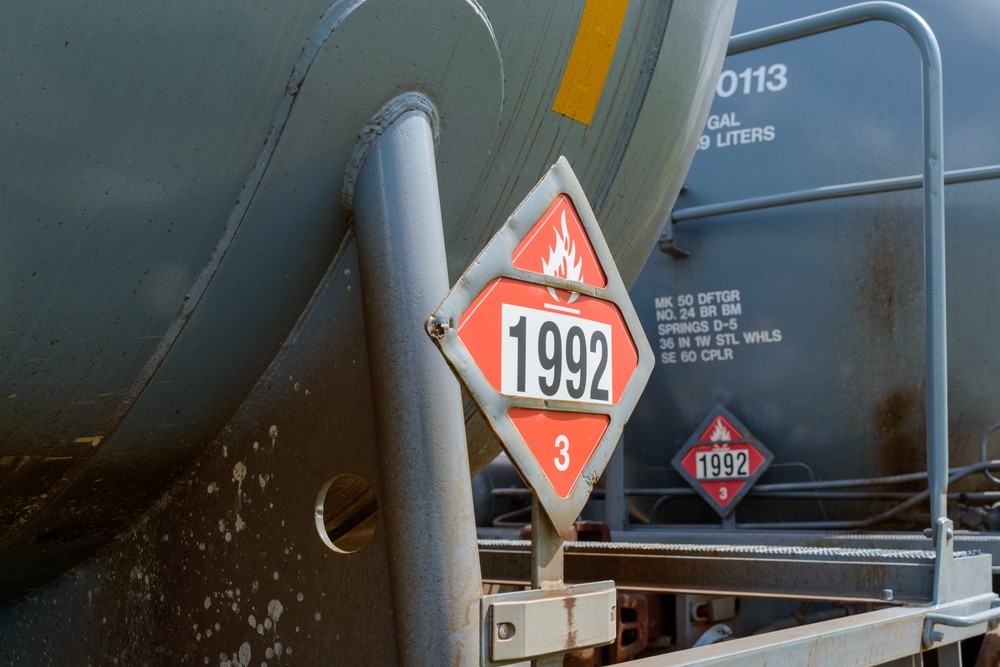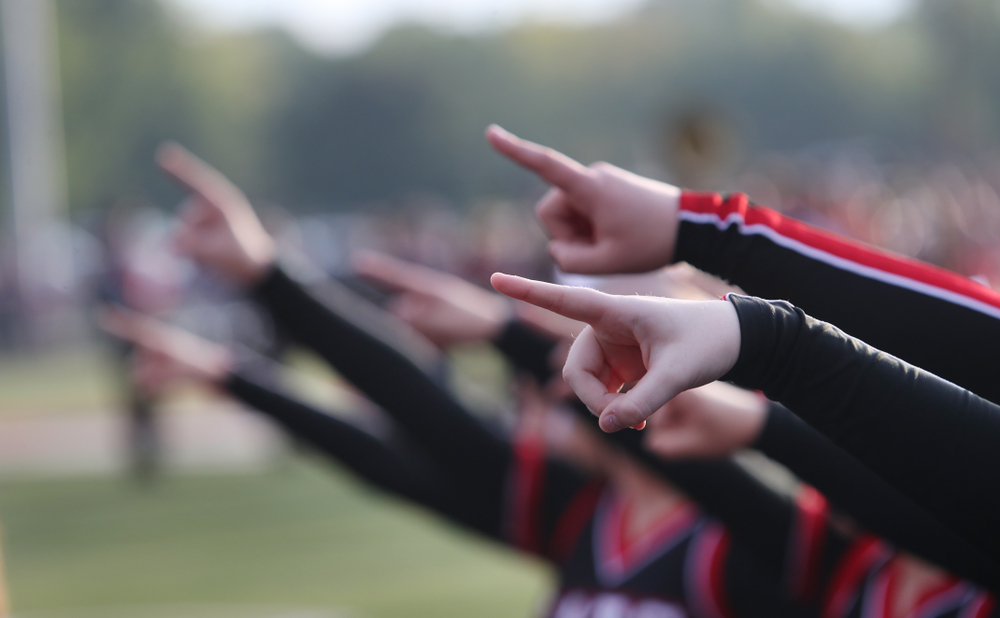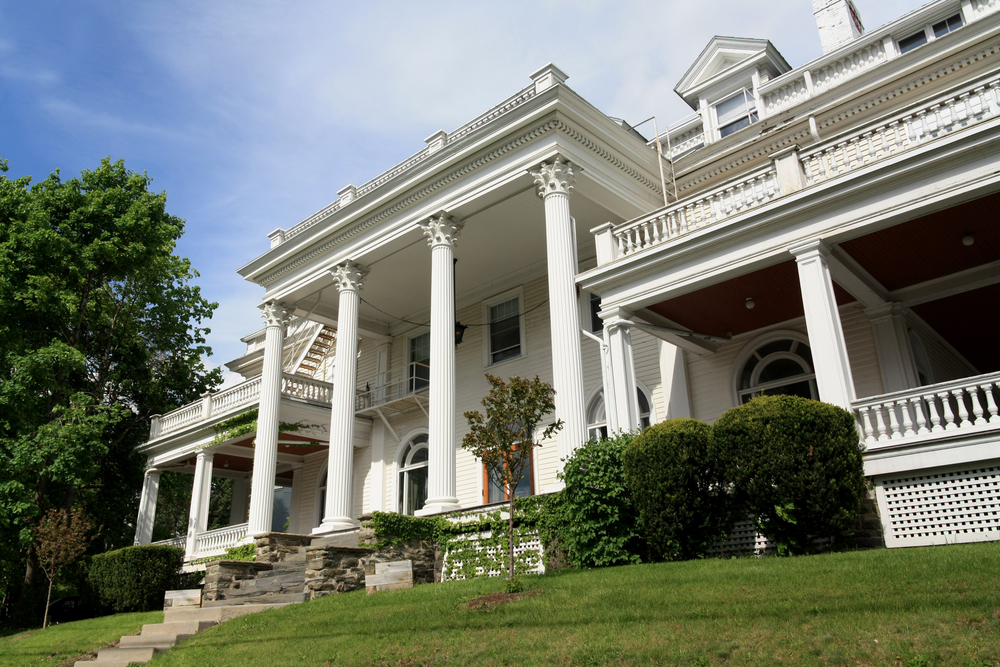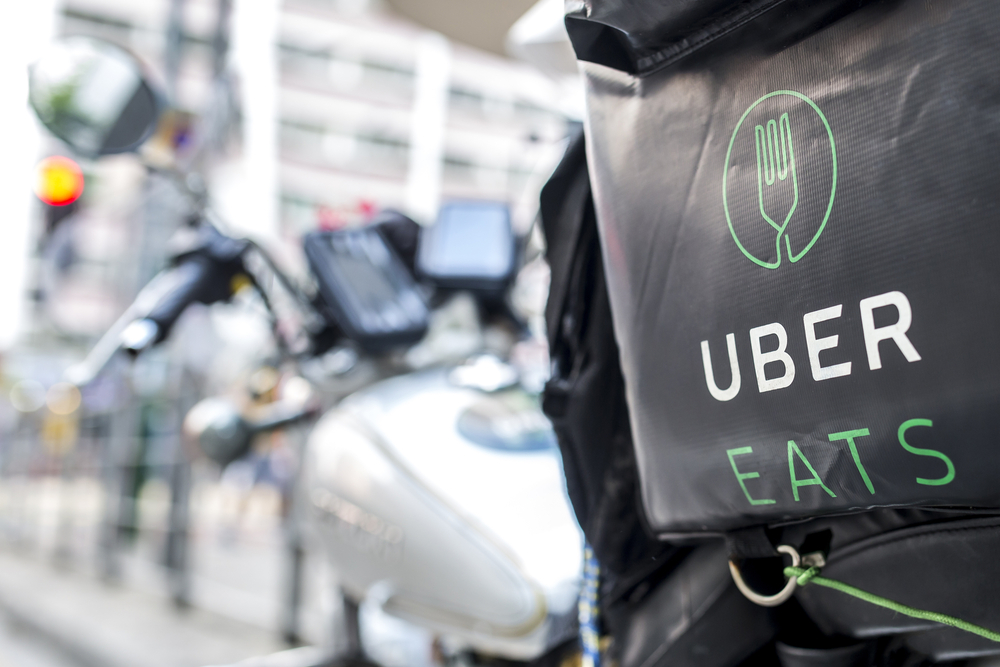The courts are not just deciding elections; judges faced election, too
While most eyes focused on the presidential election Tuesday, voters also decided the fate of 69 state Supreme Court justices in 30 states that held judicial elections, according to Bill Raftery, senior analyst for the National Center for State Courts.

As various legal battles proceed across the United States over vote counting in the presidential race, it’s not clear whether any of these newly elected justices might have a say.
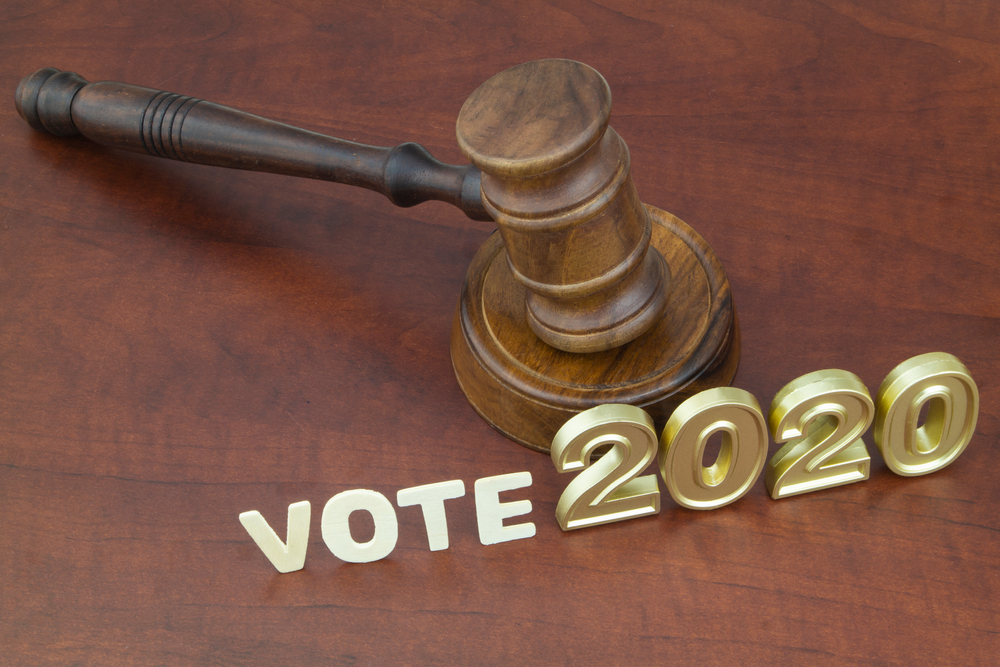
The most noteworthy race involved Illinois Justice Thomas Kilbride, a Democrat, who was defeated in a retention election in a state that requires 60% approval for a justice to stay in office. Kilbride, whose election broke the state’s judicial spending record at $11.7 million, conceded defeat after receiving just 55.3% support, according to the Chicago Tribune.
States use 21 different systems to pick justices
State Supreme Court selection varies around the country, with 21 different systems used by various states, Raftery said. These systems include Rhode Island, which is similar to the federal system. In that state, a Judicial Nominating Commission submits three to five names to the governor, who makes a selection, who is subject to the advice and consent of both houses of the state Legislature. Rhode Island justices are appointed for life.
RELATED: What is an amicus brief, exactly? Let us explain.
RELATED: What is martial law? Can the president declare it? Good questions.
In Rhode Island, the electorate has no input on Supreme Court judicial selections. In other states, justices are appointed by governors or legislators and then face the voters periodically for up-or-down votes with no opponents. These yes-or-no races are also known as retention elections.
Some states have candidates facing off in nonpartisan elections, while others have partisan elections for state Supreme Court justices. Some states have justices stand for election statewide, while others use judicial districts.
In Illinois, justices are selected first through a partisan election. Then, once elected, Justices are subjected to retention elections without opponents. The candidates are voted by residents of judicial districts, rather than statewide.
Big money, partisan politics featured in Illinois race
Kilbride originally won his seat as a Democrat in 2000 in a district comprising 21 counties, and then lost his latest retention vote by failing to garner the required 60%. Illinois is the only state where justices require 60% to be retained. The only state with something similar, Raftery said, is New Mexico, which requires 57% approval for a justice to be retained in office.
According to the Tribune, Kilbride was targeted by state Republicans who want to change the 4-3 Democratic majority of the state’s highest court. The opposition was funded by two billionaires, a hedge fund entrepreneur and a packing mogul, along with conservative, Republican dark money groups, the newspaper reported.
“There was a lot of money put into the ‘no’ campaign,” Raftery said.
Kilbride was backed by the state House Speaker Michael Madigan, who is also chair of the state Democratic Party and contributed $550,000 from the party.
Conservative think tank Illinois Policy reported Kilbride’s campaign raised almost $2.3 million between July and October, mostly from labor unions and law firms.
Campaign contributions said to taint the judiciary
The influence of campaign contributions in judicial elections has been criticized as compromising the integrity of courts in general.
“State judicial elections are awash in money, and judges regularly hear cases involving major contributors to their campaigns,” according to the Brennan Center for Justice, a non-partisan law and policy institute that works with the New York University School of Law.
With Kilbride’s defeat, the governor will appoint a temporary replacement to sit on the court until a partisan election can be held next November to fill the seat, Raftery said.
Most court elections were routine
Raftery said beyond the Kilbride race, no other state Supreme Court election stood out as particularly unusual. The National Center for State Courts provides a breakdown of all the election results on its website.
While they may not have been unusual, some states saw more active electoral battles than others. For example, there was an election in Michigan that drew seven candidates in a nonpartisan race for two seats, with the two top vote-getters winning the seats.
Raftery said it’s hard explaining to the public how states select Supreme Court justices because it’s so different from state-to-state. This is unlike the way governors and lawmakers are picked, which is fairly consistent across the country.
“We, as a nation, have never come up with a clear, definitive answer about how we should pick judges,” Raftery said. “There is no one, trite answer.”
There are differences in whether a state’s governor is involved, as well as the state legislature and the electorate.
And within states, judges and justices on different courts may face different systems of selection. In Florida, for example, trial court judges are elected in non-partisan, contested elections. But appellate judges and Supreme Court justices are appointed by the governor and then stand for yes-or-no retention elections.
Raftery said it’s too early to know if the presidential election had an impact on the state high court selections, as it’s common for voters to skip other races lower down on the ballot. It’s not known yet, he said, how many voters made the Supreme Court selections.
Contact Elaine Silvestrini at Elaine@legalexaminer.com. Follow her on Twitter at @WriterElaineS.








